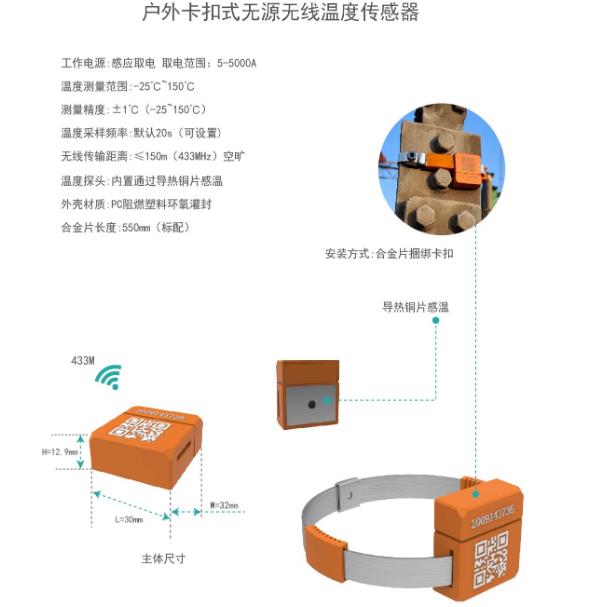Temperature sensors are indispensable and important components in modern industry, scientific research and daily life. Their stability and accuracy directly affect the operating efficiency and safety of equipment. However, due to the influence of various factors, temperature sensors often encounter some failures during use. This article will analyze these common faults and propose corresponding solutions. Several common problems and solutions for wireless sensors: 1. After the wireless sensors are installed, the display jumps or the numbers are inaccurate in batches . Reason: There is electromagnetic interference on site, or the signal line and the power line run in the same trunking. Solution: The performance of the product selected by the customer does not meet the on-site working conditions, and a transmitter with isolation function needs to be installed or replaced. 2. When the wireless sensor is installed, the display is wrong or does not display . Reason: The positive and negative wiring of the signal line is incorrect. Solution: Disconnect the power supply , interchange the positions of the two signal lines, tighten them with terminals , and power on again. Especially for the PT100 thermal resistance sensor with three-wire output without a transmitter , such problems often occur during on-site installation. 3. The value displayed by the wireless liquid level sensor does not change after use. Reason: Water enters the air pipe. Solution: Return to the factory for maintenance, drain the water in the air pipe, re-calibrate the range, and then use it again. 4. The temperature sensor has no signal output. Reason: When the workers installed it, because they did not understand the sensor, they used too much force, causing the entire pin of the temperature measuring element to be pulled out, interrupting the signal loop . Solution: When installing, just connect the wires to the terminals without removing the transmitter or magnetic board, just press the signal leads with the terminals. 5. Intelligent control
There is no display on the instrument installation Reasons: Instrument parameter settings are incorrect , common faults of the temperature sensor Sensor readings are inaccurate Reasons: It may be due to sensor aging, dirt accumulation, environmental interference or improper calibration. Solution: Clean the sensor, check and recalibrate, and replace the sensor if necessary. Reasons for slow sensor response time : It may be due to the thermal inertia of the sensor, material properties, or improper installation location. Solution: Choose a sensor with a faster response time, or optimize the installation location of the sensor. Reasons why the sensor output signal is unstable : It may be due to electromagnetic interference, unstable power supply or internal failure of the sensor. Solution: Use shielded cables , ensure stable power supply, and check the internal circuit of the sensor . Reasons for sensor damage : It may be due to overload , impact or improper use. Solution: Replace the damaged sensor and ensure it is used within the specified working range. Reasons for sensor connection problems : It may be due to damaged cables, poor contacts, or corrosion of connectors. Solution: Check and repair the cable to ensure the reliability of the connection. Reasons for sensor accuracy decline : It may be due to long-term exposure to extreme environments or sensor aging. Solution: Calibrate the sensor regularly or replace it with a new one. Cause of sensor
 overheating : It may be due to high ambient temperature or poor heat dissipation of the sensor. Solution: Improve heat dissipation conditions, or choose high temperature resistant sensors.
overheating : It may be due to high ambient temperature or poor heat dissipation of the sensor. Solution: Improve heat dissipation conditions, or choose high temperature resistant sensors.
Reasons why the sensor is damp
: It may be due to high ambient humidity or poor sealing.
Treatment method: Use moisture-proof measures, such as sealant or moisture-proof agent.








